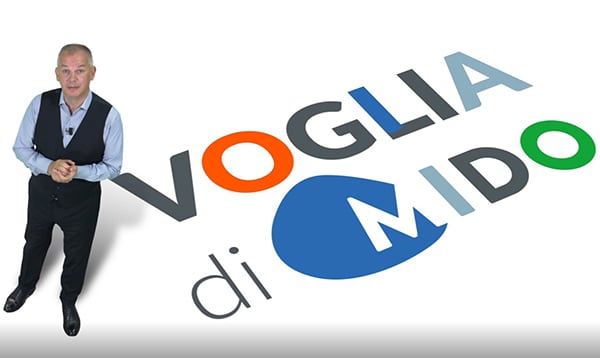
Eyewear becomes ever more digital.
The process of industrial transformation is nowadays moving towards digitalisation. The pandemic has speeded up this trend, literally springboarding us into the future in a way no-one could have expected.
The race towards digitalisation in the eyewear industry has included a series of structural changes in companies (as in other industries) but has also brought innovation in terms of products.
What all the industries share in common, regardless of type, is the problem of cybersecurity because the blurring of borders between professional and private lives has opened up new gaps whereby cybercriminals manage to exploit companies and individuals. The companies (especially global businesses) have found their level of control over their own data reduced, while the IT teams have had to protect entire workforces operating remotely.
Changes in optical companies and stores
The new models, the fruit of digitalisation, share a leitmotiv in the creation of unusual dialogue tools between manufacturer and opticians, designed to aid the latter right up to post-sales assistance.
These include the restyling of company websites, designed with a view to simplification, the introduction of business-to-business platforms and the strengthening of chat support services for customers.
Within this process, the importance of CRM software (Customer Relationship Management) has risen, in order to create ongoing relationships with the end user thanks to engaging customer experiences that activate drive-to-store results.
In the last year and a half, we have also seen the development of tools for the laboratory, which remove the need for up-close contact with customers, as well as software to create custom-made virtual glasses.
As regards the digital services adopted in-store, it goeswithout saying that the internet and social media have been transformed in these months into vital tools for opticians’ stores.
Many communication campaigns today concentrate on online shopping (without neglecting other formats), and these are linked to local/social media marketing projects, supplying ad hoc content. Again in synergy with the campaigns, some businesses have developed digital communications material within interactive Corners, where they continue to tell their story inside the shop.
New vision needs
New lifestyles – with the use of smart working and remote teaching, alongside a general increase in the use of devices – now represent an important platform for eyecare professionals because awareness has been raised about protecting the eyes and new optical needs.
For example, the issue of protecting our eyes from harmful blue light rays is now fundamental. Proof of this arrives with data from Google Trend: if we look at online searches for the topic ‘blue light’ over the last five years, we can see a marked growth in the last year, reaching a peak between 29 November and 5 December 2020.
In this last year, ophthalmic companies have in fact focused on this issue, proposing specific solutions to optimise visual performance when working and to reduce eye stress and fatigue caused by over-exposure to harmful blue light.
A real example: MIDO 2021 | Digital Edition
The digital world has also affected MIDO, the leading international eyewear fair which, for the first time in its history, has taken place online. The event was audited through strict ISF CERT inspection procedures which guaranteed the correct, uniform and transparent measurement of data used to sum up the “size” of the virtual fair, rendering it equivalent to the physical event.
In this special edition, a full programme of events (still viewable on the MIDO website) also involved the use of state-of-the-art technology.
In particular, two key moments of the Main Stage section – Wonders are ahead and Mido Mashup – were created with the assistance of the Us Up agency which designed and produced these two high-impact phygital events. They were enabled by Morpheus technology which, thanks to the Virtual Production platform, can create immersive virtual reality experiences that blend digital set-up content with physical set-up content, for hyperreal results.
And MIDO 2022?
Also for the next edition, scheduled at Fiera Milano Rho from Saturday 12 to Monday 14 February 2022, to flank and boost the physical fair attendance, MIDO will shortly open the digital platform in order to create a truly complementary interaction between the physical and online worlds, which will mark every aspect of next year’s event.
At the same time, there is an advertising campaign that involves the use of augmented reality. It is the first time that a trade fair in this industry has used this technology: with the simple scanning of a QR code, it is possible to view the protagonists and their stories. The first volume of the “saga” features the face and voice of Giovanni Vitaloni, Chairman of MIDO, while the second is of Francesco Gili, COO of MIDO. Thanks to this innovative interactive tool, it is possible to begin to imagine (in real time) next year’s event and to partially satisfy our LONGING FOR MIDO. From 1 December, the third volume will be available with a new protagonist, while the fourth and final participant (scheduled from early next year) will accompany us up to the beginning of MIDO 2022.